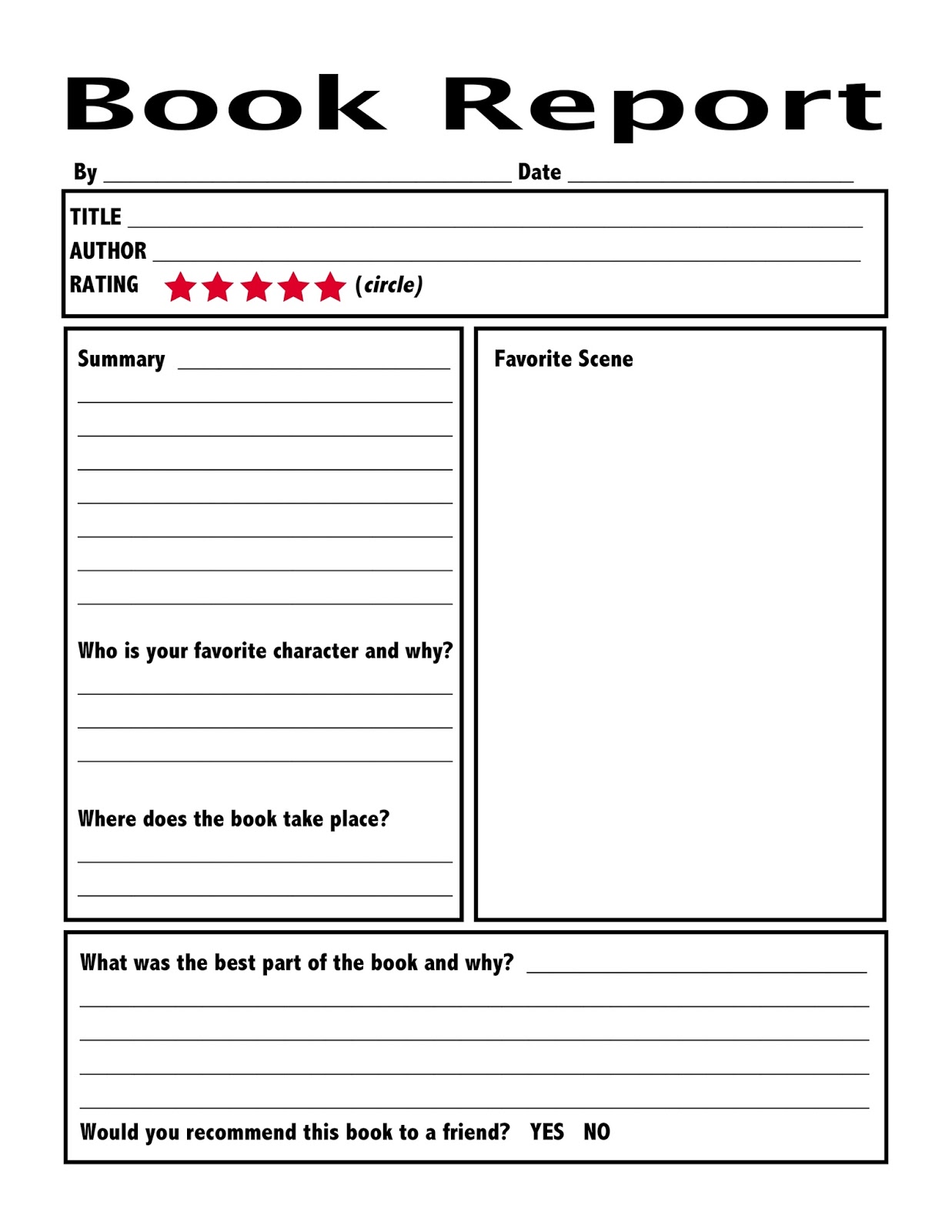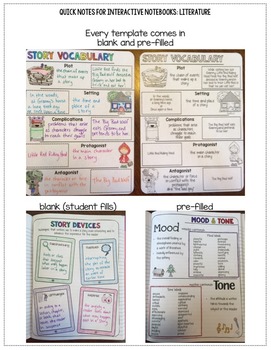


Your literature/permanent notes are stored in a specific sequence, with cross-references to other notes. These could be a recap of what you’ve learned, questions to be answered, reflections, new ideas or ways to combine existing ideas. Consider how they relate to your work or interests, and how they support/contradict what you already know. At the end of each day, process the 2 types of notes above.Keep these notes along with other permanent notes. Quotes should be copied selectively, and only after you’ve digested what they mean. Write the ideas succinctly in your own words, and include their source/context. Literature notes are used to help you remember useful content and their bibliographical references.Review these temporary notes within 1-2 days while the contents are still fresh, then discard them or convert them to permanent notes. Jot them down on paper, do it digitally, do a voice recording on your phone, etc. Throughout the day, make fleeting notes as thoughts/ideas pop up.The method involves 3 main types of notes:
#Quick notes for book reports how to
Do get our complete How to Take Smart Notes summary ( click here for the 14-page summary) for more details. We’ll now take a quick look at what are slip-boxes and why/how to restructure your learning and note-taking processes around them. This is the first English book to comprehensively explain how to restructure your workflow to effectively use the slip-box technique. Slip-boxes are like a personal web of knowledge, or a “second brain” where you can see and sort through existing knowledge, ideas and lines of thought. Luhmann originally used an analog pen-and-paper system to make notes and link them (similar to the concept of hyperlinks in the digital world). The slip-box can used to facilitate a writing project, accelerate your learning, and manage/grow your knowledge. Over his lifetime, he accumulated some 90,000 notes, allowing him to publish 70 books and >400 articles. Luhmann was an avid learner and researcher who made notes on small slips of paper, then tagged, organized, and linked them to create his personal knowledge database. It originated from German sociologist Niklas Luhmann. What’s the Slip-Box method?Ī slip-box (or Zettelkasten method) is a technique for thinking, learning and writing. It starts from the time you conceive an idea or make notes about it. In reality, the writing process doesn’t start with a blank document or sheet of paper.

sentence structure, writing style, grammar) or how to overcome psychological barriers to complete your projects on time. Most books about writing either teach you how to write (e.g. Yet, we don’t usually stop to think about how we write, express or manage our ideas.
#Quick notes for book reports free
In this free version of the How to Take Smart Notes summary, we’ll outline what the process involves.ĭo check out our book summary bundle in pdf/mp3 infographic, text and audio formats!Įveryone writes-in school, at work, or just to jot down good ideas or insights. It’s especially useful for students, researchers and nonfiction writers to improve the quality and productivity of their work. This method can be used to help anyone to improve their learning and thinking skills. This book by Sönke Ahrens explains the slip-box or Zettelkasten method of note-taking and personal knowledge management. Good writing isn’t just about sound sentence structures or grammar the key lies in the collection, organization and development of good ideas.


 0 kommentar(er)
0 kommentar(er)
